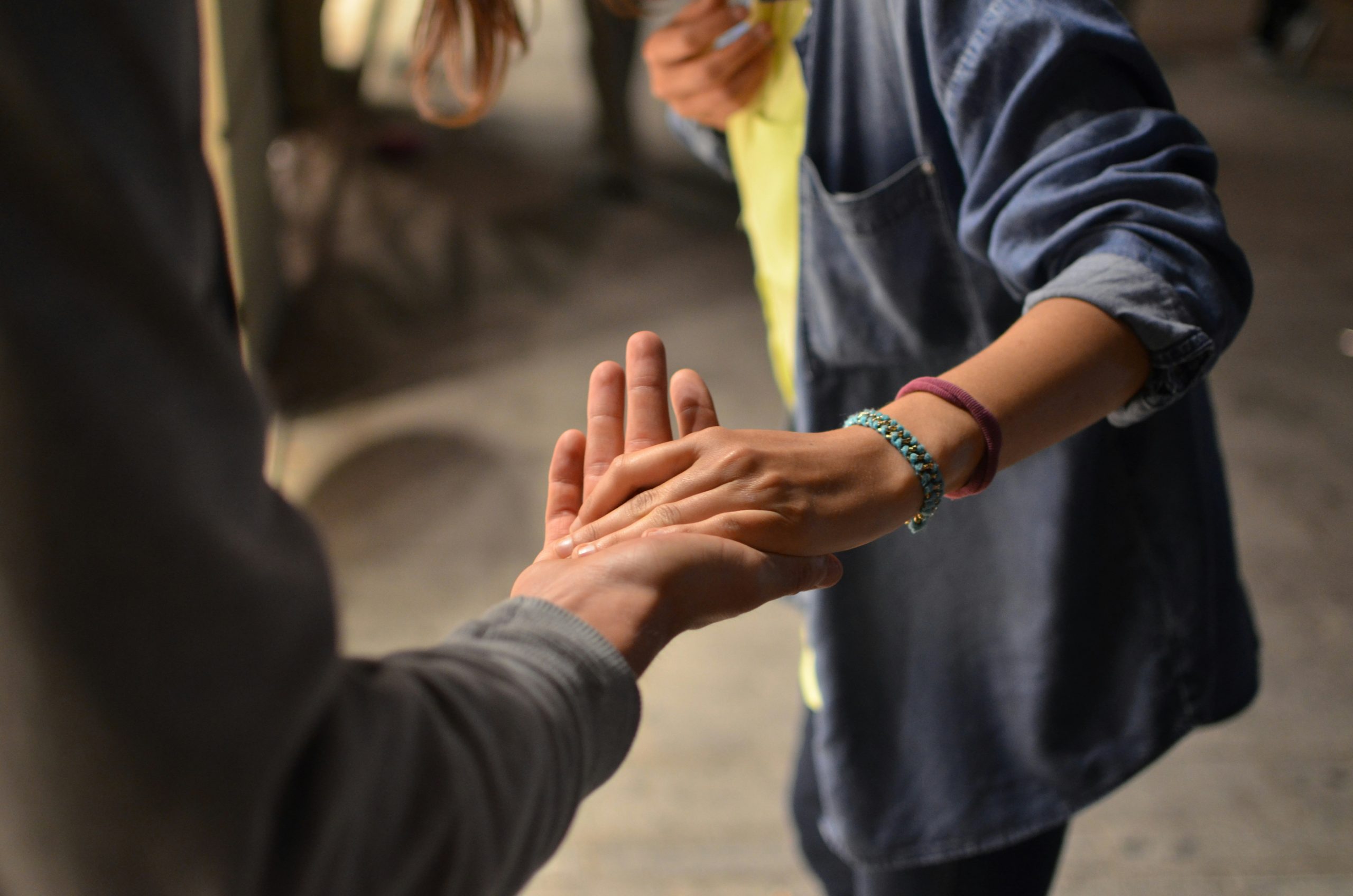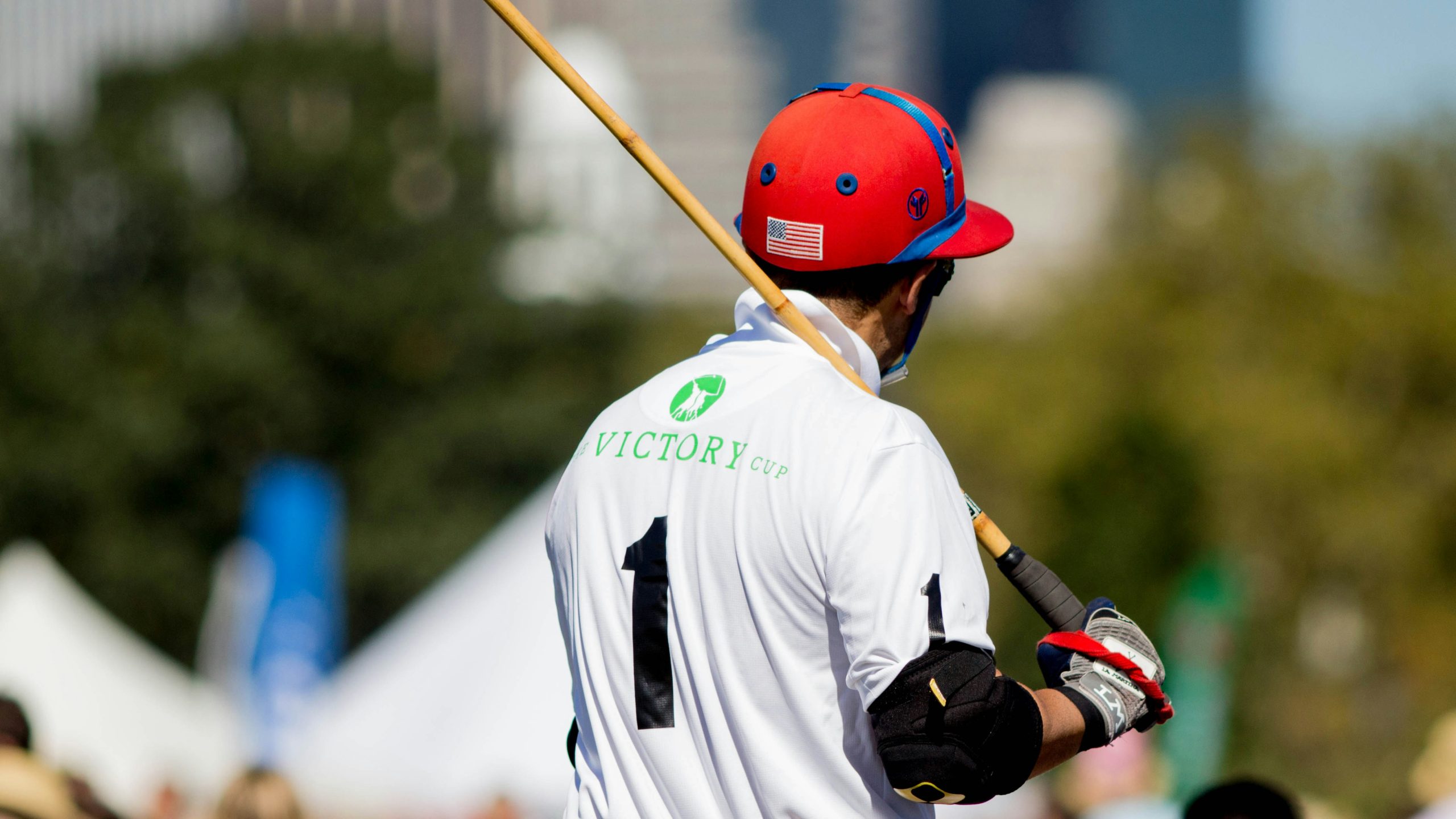
Local Sports Programs: Community Impact
Sports play a vital role in communities, fostering social cohesion, promoting health and wellness, and providing opportunities for personal growth. Local sports programs, whether youth leagues, adult recreational leagues, or community-sponsored teams, have a profound impact on the communities they serve.
Benefits of Local Sports Programs
- Physical Health: Participation in sports programs encourages physical activity, reducing the risk of obesity and related health issues.
- Mental Well-being: Sports help alleviate stress, improve mood, and enhance overall mental health.
- Social Cohesion: They bring diverse community members together, fostering friendships and social bonds.
- Skill Development: Participants learn teamwork, leadership, discipline, and resilience.
- Community Pride: Successes in sports can boost community morale and pride.
Impact on Youth Development
Local sports programs are particularly influential in youth development:
“Participation in organized sports positively correlates with higher self-esteem and academic achievement among youth.” – American Psychological Association
These programs provide a structured environment where children learn important life lessons such as goal setting, time management, and perseverance. For example, the Harlem Lacrosse program has significantly improved graduation rates among its participants through academic support integrated with sports training.
Case Studies
1. The Impact of Little League Baseball
Little League Baseball has a long-standing tradition of shaping young athletes and communities. In Williamsport, Pennsylvania, the host city of the Little League World Series, the event brings together teams from around the globe, showcasing cultural exchange and promoting goodwill.
2. Soccer in Underserved Communities
Programs like Street Soccer USA provide free soccer leagues for homeless and at-risk youth. By engaging these youths in sports, the program not only promotes physical health but also offers mentorship and pathways out of poverty.
Challenges and Solutions
Despite their many benefits, local sports programs face challenges such as funding shortages, lack of facilities, and access barriers. Community partnerships with businesses, educational institutions, and local government can help mitigate these challenges:
“Public-private partnerships are crucial in sustaining local sports programs. They ensure equitable access to sports facilities and funding for youth from all backgrounds.” – National Recreation and Park Association
Conclusion
Local sports programs are more than just games; they are integral to community life and development. By promoting physical health, fostering social bonds, and teaching essential life skills, these programs contribute to building stronger, healthier, and more cohesive communities.
As we look to the future, continued support and investment in local sports programs will be essential to ensure that all members of our communities have the opportunity to benefit from their positive impacts.



